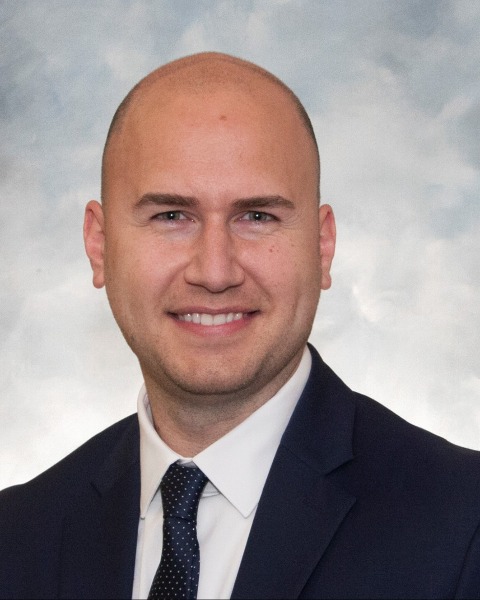SIR 2025
Venous Interventions
Traditional Poster
130 - Safety and Efficacy of a Rotational Maceration Device for Management of Stenotic and Thrombosed Venous Stents

Antony Sare, MD
Resident Physician
Yale New Haven Hospital, United States
Angelo G. Marino, DO
Associate Professor
Yale School of Medicine, United States- JC
Joshua Cornman-Homonoff, MD (he/him/his)
Assistant Professor
Yale, United States
Poster Presenter(s)
Author/Co-author(s)
To assess the safety and efficacy of a novel rotational maceration device designed to reopen stenotic and thrombosed venous stents.
Materials and Methods: IRB exemption was granted for this single center retrospective study. A total of 10 patients with pre-existing iliocaval venous stents in which the thrombectomy device was used were identified. Chart review was undertaken to collect demographics, pertinent laboratory values, pre-operative imaging, procedural data, and outcomes.
Results:
In 9 patients, the treated stents were completely occluded while in 1, extensive in-stent thrombus resulted in 80% narrowing. Technical success, defined as introduction and deployment of the device, was 100%. Primary patency was 60% at a median follow of up 242 days; in the remaining 40%, re-intervention was performed a median of 115 days after the initial procedure. 3 of these 4 patients maintained secondary assisted patency at most recent follow up, which occurred at a median of 125 days after reintervention; 1 of 4 patients required a third procedure that successfully restored patency. At final follow up, across all treated patients the median drop in Villalta scores for symptomatic limbs was 7 with a mean and standard deviation of 7.1 ± 4.3. Of the 2 patients with baseline venous ulcers, one experienced complete resolution while the other demonstrated substantial improvement. There were no procedure-related complications, including damage to the treated stent.
Conclusion:
Preliminary data suggests that this novel rotational maceration device is safe and effective for treatment of stenotic and thrombosed venous stents. Comparison with other treatment techniques is needed to determine long term outcomes.


.jpg)